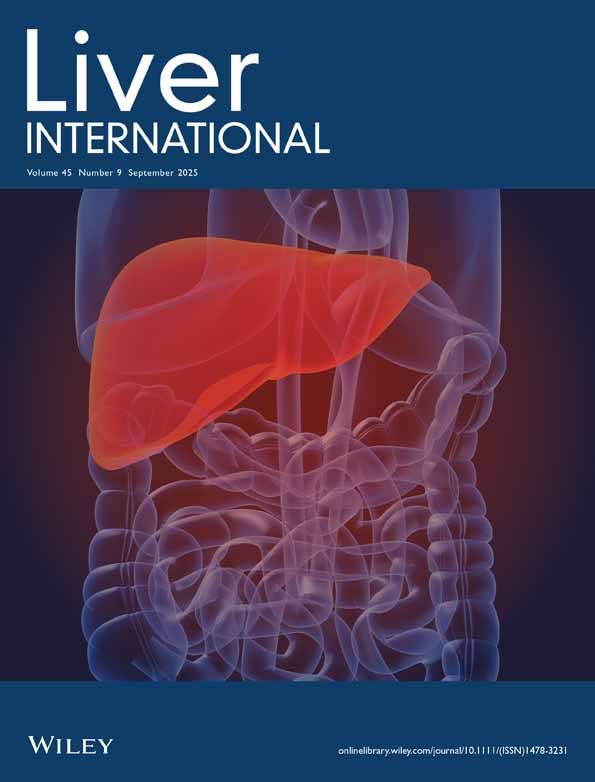Role of serum soluble Fas/soluble Fas ligand and TNF-α on response to interferon-α therapy in chronic hepatitis C
Abstract
Abstract: Aims/Background: To determine the relationship between host factors and host response to interferon (IFN) therapy, serum soluble Fas (sFas), soluble Fas ligand (sFas ligand), and tumor necrosis factor-α (TNF-α) were analyzed in 41 patients with chronic hepatitis C (CH-C) treated with IFN-α. Methods: Serum levels of sFas, sFas ligand, and TNF-α were measured at 0, 4, and 24 weeks of IFN therapy. Results: Eighteen patients were complete responders (CR) and 23 patients were non-responders (NR). Serum levels of sFas and TNF-α in patients with CH-C were significantly higher than those in healthy controls (p<0.01 and p<0.01, respectively). Serum sFas ligand levels were significantly lower in CH-C patients than in healthy controls (p<0.01). Before IFN therapy, serum levels of sFas in NR were significantly higher than those in CR (p<0.05). At 4 weeks of IFN therapy, serum levels of sFas of CR were significantly elevated compared with levels before IFN therapy (p<0.05). Serum levels of sFas correlated with the histological activity of the liver (p<0.05) and alanine aminotransferase (p<0.05). None of the three parameters, serum sFas, sFas ligand, or TNF-α levels, correlated with each other, with HCV-RNA genotype or with serum HCV-RNA load. Multiple logistic regression analysis showed that serum sFas levels before IFN therapy were a contributive factor to predict efficacy of IFN therapy. Conclusions: Serum sFas/sFas ligand and TNF-α play a possible role in pathogenesis of CH-C and also in IFN therapy. Serum sFas levels before IFN therapy may be one of the host-related factors used for evaluating the response of CH-C patients to IFN therapy.




